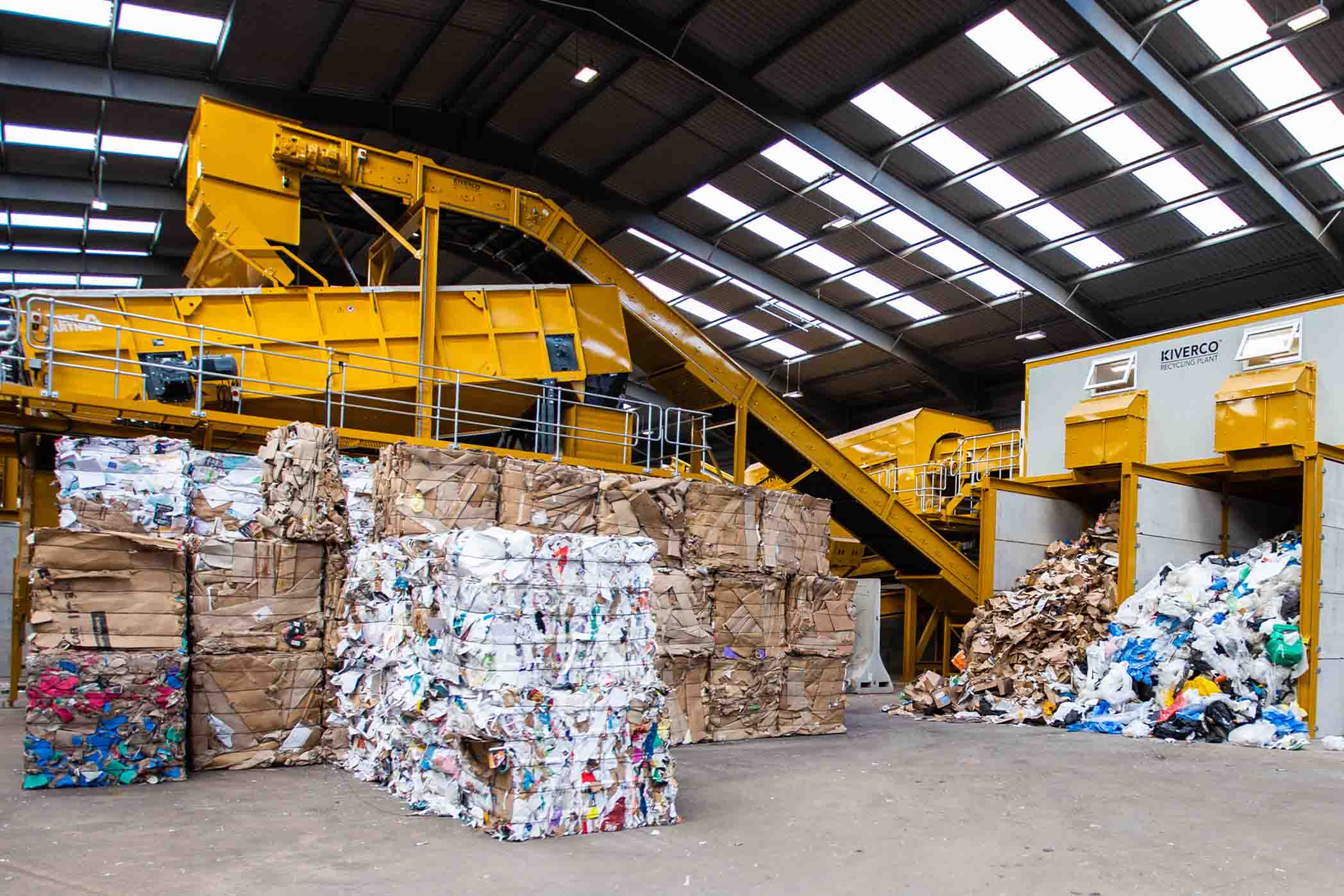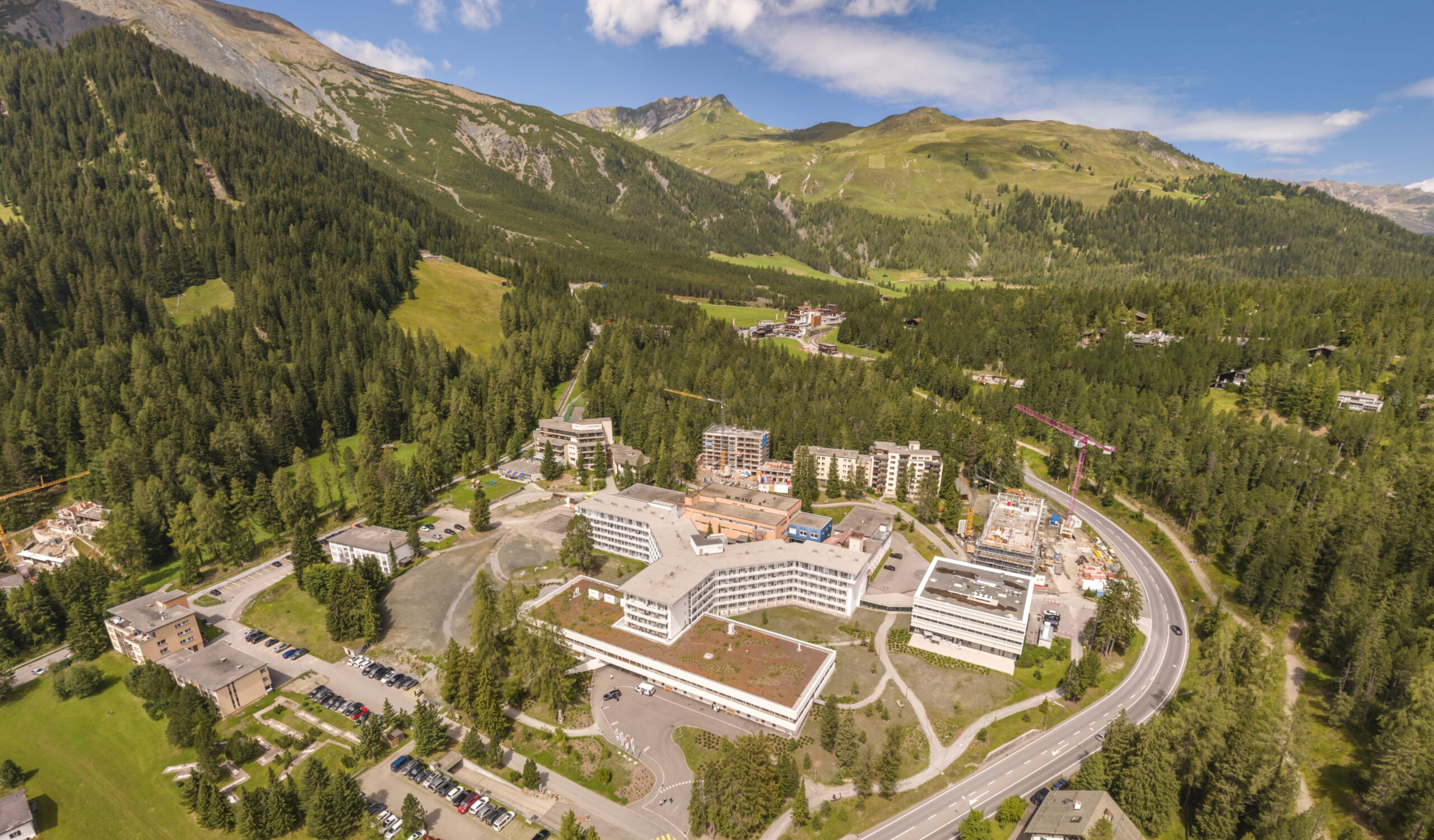 How do you assess Serbia’s economy?
How do you assess Serbia’s economy?
We expect Serbia’s economy in 2018 will be driven by a couple of factors. First of all, we believe it will be pushed by the consumptions of the citizens, the unemployment rate is going down, employment rate is going up, so we expect that also the banking sector continue to lend to the economy and we believe that lowering then the unemployment plus the increase of the credits on the market will push also private consumptions up which will help the GDP growth, but also on the other hand side we do see also improvements in the capital expenditures in the government budget, so that more money is set aside for the capital investments, particularly related to the road infrastructure, and this is something that is basically going to push the economy. So both the private consumptions, then also consumption that is going to come from the state, but also investments from both private and the state. State will have a positive influence on the GDP growth.
Serbia struggled for years with a rather high budget deficit. Inflation was a big issue for Serbia until 2013. In 2014 the deficit was nearly 8% and the government managed in a rather short period of time to lower it. In 2017 Serbia achieved a surplus which is a very good sign. This was mainly thanks to the IMF program and Serbia was able to get its books into order. When it comes to the economic growth, we reached the figure of 1.8. Looking at 2018 we expect a more dynamic economy growth compared to 2017. Optimistically in the range of 3 and 3.5%. A conservative assessment would be in the range of 2.5 and 3.
How do you assess Serbia’s banking sector?
The banking sector worked very well in 2017. It is a very good basis for the activity of the banking sector in 2018. Just to mention a couple of things, the profitability for the first nine months of the Serbian banking sector reached the level of the 11% of the return on equity, which is the figure I have not seen in the last seven, eight, nine years. It is very good, although the improvement in the profitability of the sector came mostly as a result of the release of the risk costs, but also to some extent recovery on the side of the income as well. The capital adequacy is on a very high level in the segment of banking sector that is measured by the Basel III standards, so our capital adequacy ratio for the whole sector is on the level of close to 23%, which is really rather high. Liquidity is good. What is good also, we saw a significant drop in the NPL; 2016 we finished with the NPL ratio, which was above 15%. Now we end up 2017 at the level of roughly 11% and will hit single digits in 2018. So this is also very good. Liquidity is there, so capital is there, and I think there is a solid basis for the banking sector to support the development of both the real sector economy as well as the consumers. In 2017, the lending was slightly better than in 2016 for about 1.2%. I expect that lending will grow next year in the range of between 3 to 5%. All the bases, all preconditions are here, the banks are liquid, the banks are very capitalized, hence it is a very good precondition for the support of the real sector of the economy.
What should investors remember about Serbia?
Serbia looks much better when you are on the ground than its image is in the press. Opportunities for investments in Serbia are huge and investors can find good support from the public administration on the one hand side, but also from good local companies which can facilitate the execution of their business in Serbia. An important message to put across about Serbia is that there is a good quality labour force here, that is available, and which offers great value. There are excellent opportunities, which are increased by the number of subsidies given by the government to support the flows of the FDI.
























